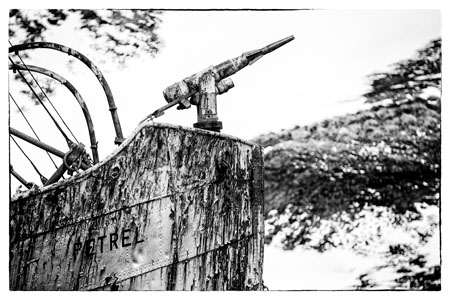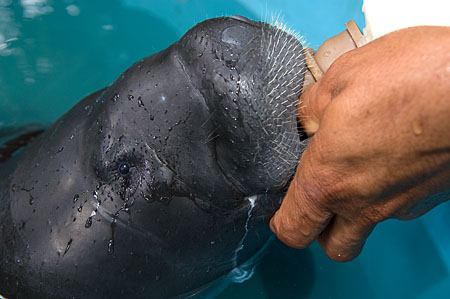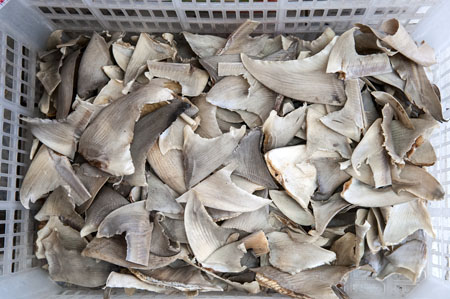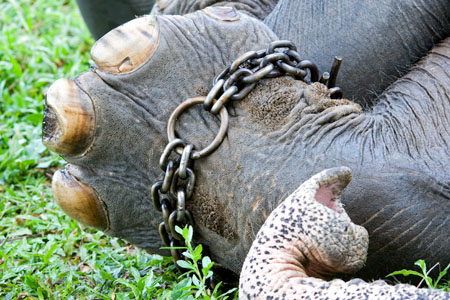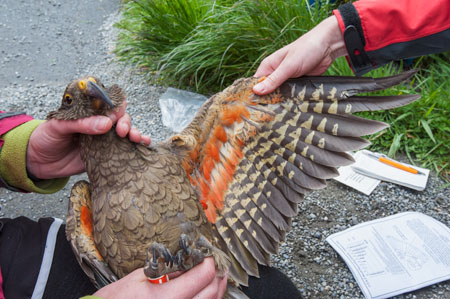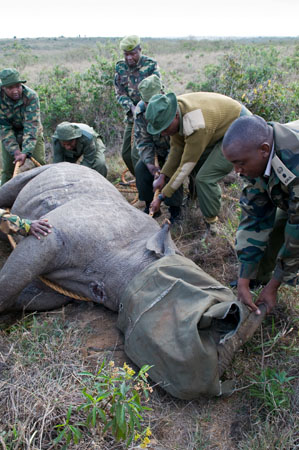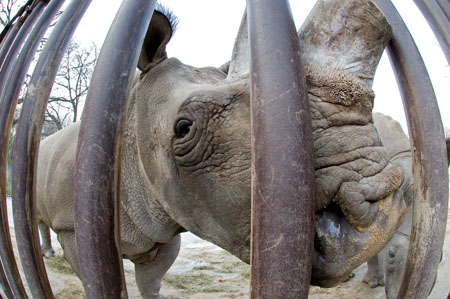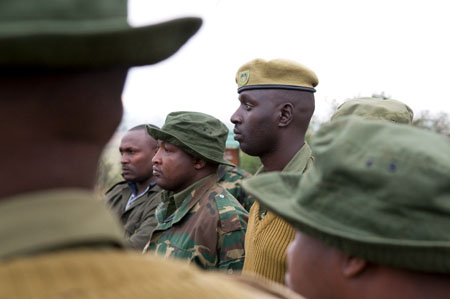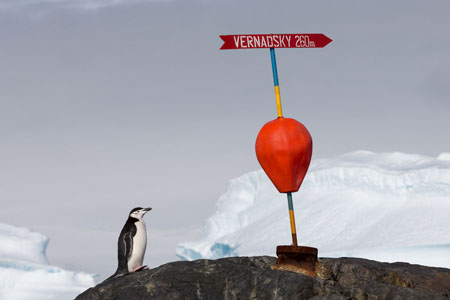

(Click here for a printable version of this page)
One of the best ways to help wildlife is to pick a conservation charity working on something you feel strongly about – whether it’s whales or rhinos, rainforests or coral reefs – and then do everything you possibly can to support its work. You could help by fund-raising, backing its campaigns, lending your time to stuff envelopes, using your expertise to develop or maintain its website, and in a great many other ways.
Personally, I prefer to support smaller, specialist charities – because they tend to be more focused, better informed, truly dedicated and generally more efficient. There is a list of some of the conservation groups I would recommend on the links page on this website, to give you a few ideas.
Beyond that, here are some specific suggestions:
Volunteer
Most conservation groups – large and small – couldn’t survive without the invaluable help of dedicated volunteers.
If you have some spare time, there are many ways to lend your support. You could help with local, national or international fieldwork – everything from participating in population surveys to digging ditches or building fences – by giving a day, a weekend, a week or longer. Or you could offer half a day, a day or even several days a week to work in your favourite conservation charity’s office. Whether you’re photocopying, helping to answer letters from enthusiastic children or using your skills as an electrician to re-wire the office for free, you’ll be helping enormously.
Depending on your main areas of interest, there are lots of specific ways of helping, too. For example, if you’re keen on whales, dolphins and porpoises, and live in the UK, you could train to become a Marine Mammal Medic and join one of the excellent British Divers Marine Life Rescue teams (you do not even need to be a diver).
Finally, have a look at the separate section on careers advice (careers in conservation), which goes into some detail about volunteering for wildlife and conservation.
Raise urgently needed funds
Every single conservation group I know is short of funds. Quite simply, if they had more money they could do more to protect wildlife.
You can raise funds to go into the general money pot (known as ‘free funds’) or for one particular species, place or project that you feel passionately about – it’s entirely up to you.
Here are a few ideas for fund-raising: auctions (for unwanted items or for donated skills and services), quiz nights, bring-and-buy sales, car-boot sales, dog-walking, selling unwanted stuff on eBay, coffee mornings, raffles, and all sorts of sponsored activities (swimming, running, cycling, walking, giving up alcohol, shaving off your beard, etc). There are many more possibilities, of course. Then ask your employer to match any funds you raise (you never know – they might say yes!). In fact, why don’t you try to encourage your employer to sponsor a conservation project in return for good publicity?
Perhaps you could offer to approach local businesses for sponsorship (speak to the charity you are fund-raising for first, just in case they have already made similar approaches). How about placing a collection box in your office, or in a local shop? Or, if you have the nerve, you could even stand outside a supermarket with a collection bucket.
Alternatively, if you don’t have the time to organise fund-raising events, why not consider adopting an animal – lots of charities have excellent adoption schemes these days. Or try making a regular monthly donation by standing order; it isn’t too hard for most of us to find £5 a month, say, but over a 12-month period this adds up to £60 – which is much more difficult to find as a lump sum. At the very least, become a fully paid-up member of a conservation group, if you’re not already.
Campaign
Another great way to help is to support conservation campaigns. Your favourite charities will be able to give you some specific ideas about current campaigns – their websites are a good starting point. They might ask you to write a letter or sign a petition, for example.
Alternatively, you could take action about any other issue that is close to your heart. For example, I feel very strongly that Iceland should not be allowed to join the EU unless it stops whaling – so I try to persuade almost everyone I meet to write to their local MP and MEP about it.
Raise awareness
The more people who are aware of conservation issues – and, ultimately, care about them – the better. It only takes one individual to educate hundreds of people and to affect the way they see the world.
Here are a few ideas: write letters to the national press about environmental stories and issues you feel strongly about, write an article for your local newspaper, offer yourself for an interview on local radio, or give talks or lectures to local clubs (museum societies, Probus clubs, Women’s Institutes etc).
Live a green life
There are many relatively easy ways to reduce your impact on the environment. A huge number of books and articles have been written on the subject, of course, but here are some suggestions:
Make your garden more wildlife-friendly. Plan on the basis that all animals have four main requirements: safety, a place to sleep, food and water. You can make nest-boxes for birds and bats, put out food and water, provide a pond for frogs, newts and insects, plant flowers for bees and butterflies, leave dead wood and wild areas untouched, plant native flowers, and do so many other good things.
Reduce your usage (eg print and photocopy on both sides of the paper and avoid using disposable objects such as polystyrene cups or plastic shopping bags); re-use as much as possible (take a bag with you when shopping, re-use envelopes by crossing the address out, repair worn or damaged items rather than automatically buying new ones); and, of course, recycle.
Save energy. Don’t leave electrical goods such as televisions on standby, turn down your heating, switch off lights when they’re not needed, use energy-efficient light bulbs etc.
Walk, cycle or use public transport whenever possible – don’t automatically jump in the car. Fly less and don’t forget to carbon offset every time you do get on a plane (go to World Land Trust to see how).
Choose who you do business with - don’t buy goods that are over-packaged, don’t invest in companies that fund palm oil plantations, buy your electricity from companies using renewable energy sources, buy organic food, look for the Marine Stewardship Council logo before buying fish (to ensure that it comes from a sustainable fishery and has been harvested ethically), and so on.
Whatever you are able to do, it all helps.
